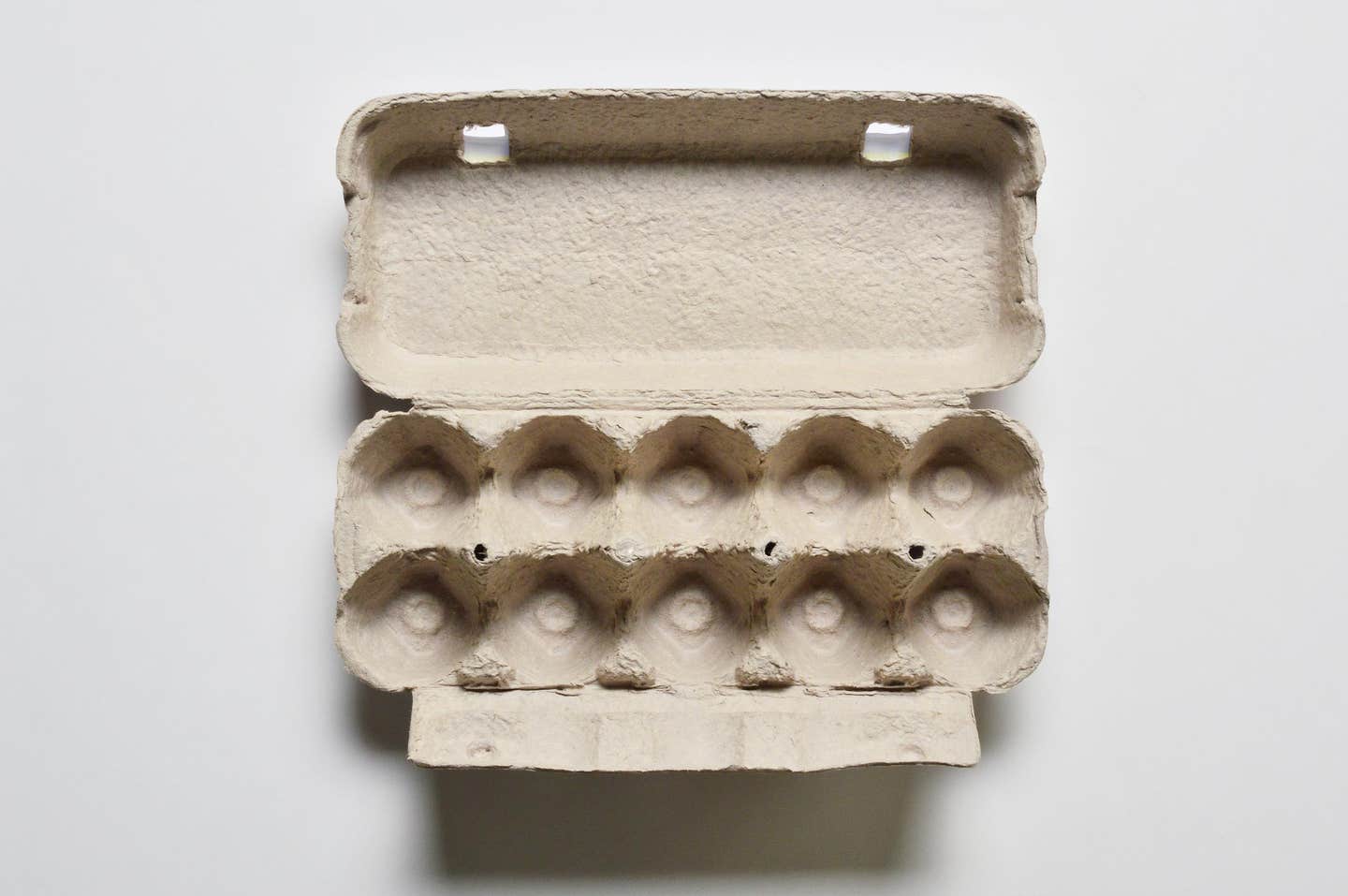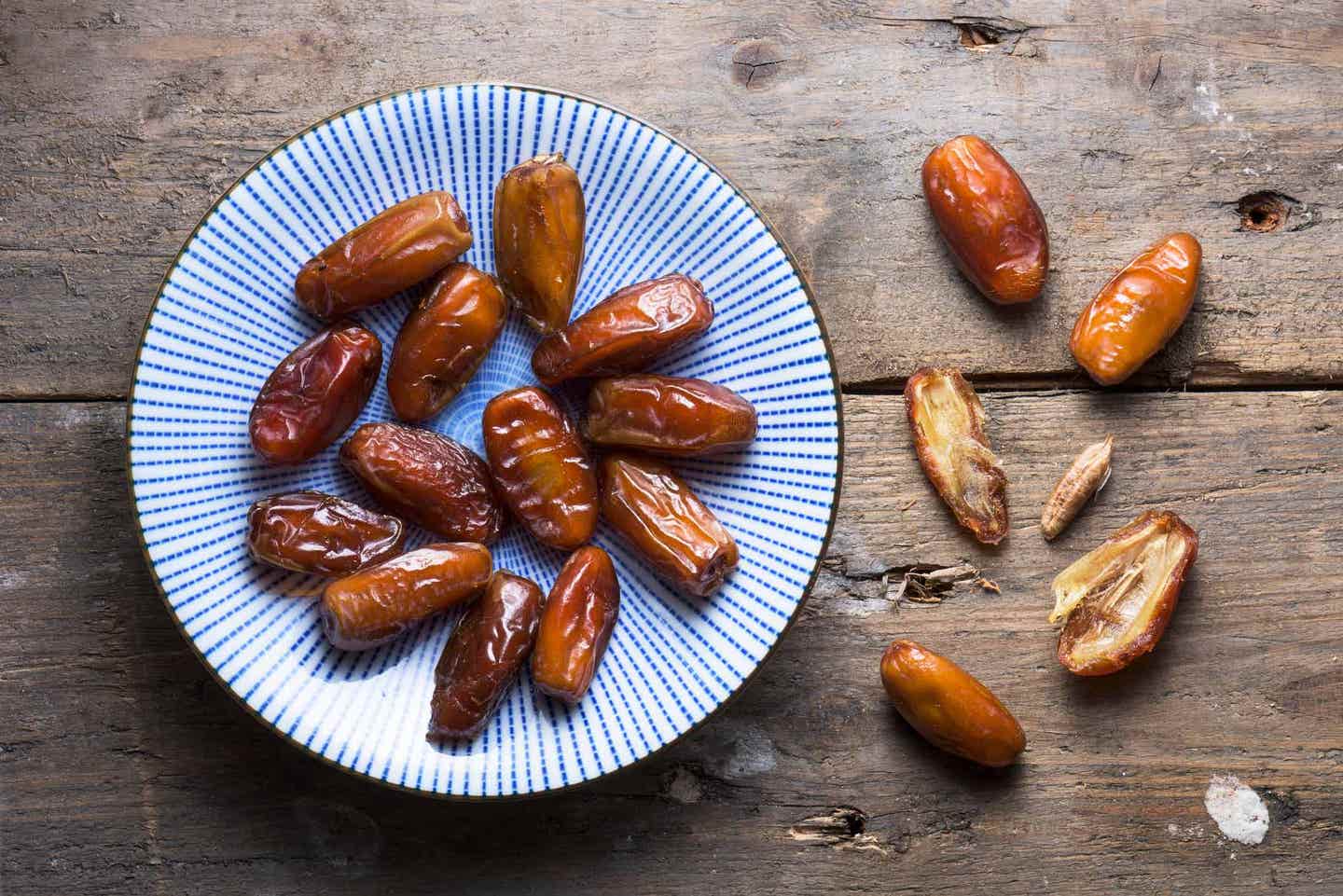Editor’s Note: In January 2019, the Institute of Culinary Education launched the Natural Gourmet Center, a plant-centric and wellness-driven culinary arts program. We’ll be featuring plant-based cooking tips from their instructors here.
Shallots come in small, oval-shaped bulbs and are members of the allium family. Their light magenta-hued rings are covered with a tan, papery skin. Each bulb divides into cloves much like garlic does.
Onions vs. Shallots
Shallots have a milder, sweeter taste than onions, with hints of garlic flavor. They are generally preferred over onion in raw preparations. A shallot tastes most similar in flavor to the white part of a scallion. When using it in its raw form, you do not usually need a large amount, as the flavor is pretty potent.
You can indeed interchange onions and shallots in recipes. Generally, because of the higher price tag and more preparation time needed to peel and trim each clove, shallots are not substituted in recipes that call for large amounts of onion.
Selection and Storage
Shallots are found unrefrigerated in the produce aisle. Be sure to select shallots that are dry and firm. Avoid ones that feel softer or have already sprouted. Choose a size that will ideally suit your recipe or preparation.
The ideal storage situation for shallots is a cool, dry, and dark area. They should keep for about a month.
How to Cut Shallots
Use a sharp knife or mandolin to cut your shallots. The less you press on the shallot, the less likely you are to crush the cell walls—resulting in less tears. Tears are stimulated by sulfuric gases in the shallot that react with oxygen. This is why a sharp knife is really ideal. Try honing your knife on a steel to align the blade, allowing your knife to glide through each shallot with minimal resistance. You can also refrigerate shallots before cutting to reduce the release of gasses. It is best not to use a food processor or blender, as the blade will shred the shallots and impart an unpleasant, bitter flavor.
When it comes to cutting, it’s easy to get a small dice because shallots have smaller, finer layers. Try cutting them in half lengthwise and removing the skin. Keep the root end intact for an easier grip and to keep the shallot more stable. Place flat side down on board, and cut into slices or make a few incisions lengthwise before slicing to create a dice. There is usually no need to dice if cooking, as shallots break down quite easily.
How to Use Shallots
Shallots break down in the pan much easier than onions because of their finer cell structure, ultimately allowing for more caramelization. They develop a sweet, mellow flavor as they cook.
Roast
Roast them whole at 350°F to caramelize. Then add them to dressings, pasta sauces, or mashed potatoes for extraordinary flavor.
Glaze
Slice and reduce with champagne vinegar and maple syrup for glazed shallots that make a quick side dish or condiment on sandwiches or tacos.
Vegetable broth
Add them to carrots, onion, and celery when making a batch of vegetable broth. For extra umami flavor, roast the vegetables prior to simmering in filtered water.
Quick pickle
Pickle with apple cider vinegar and beet juice to make a delicious topping for salads, sandwiches, and more. Not only will they take on a bright pink hue; the rings make for an attractive garnish.
Fresh salsa
Cut finely and add to fresh produce like jalapeño, avocado, pineapple, or tomatillos along with fresh-squeezed limes.
Shallot Recipes to Try

Related News
Get Our Best Price On The Forks Meal Planner

Forks Meal Planner takes the guess work out of making nutritious meals the whole family will enjoy.
SAVE $200 ON OUR ULTIMATE COURSE

Join our best-selling course at a new lower price!



